Anders Trentemøller may be one of the most respected electronic musicians and multi-instrumentalists working today. After the release of his 2006 debut album, The Last Resort, praise for him and his music began rolling in immediately.
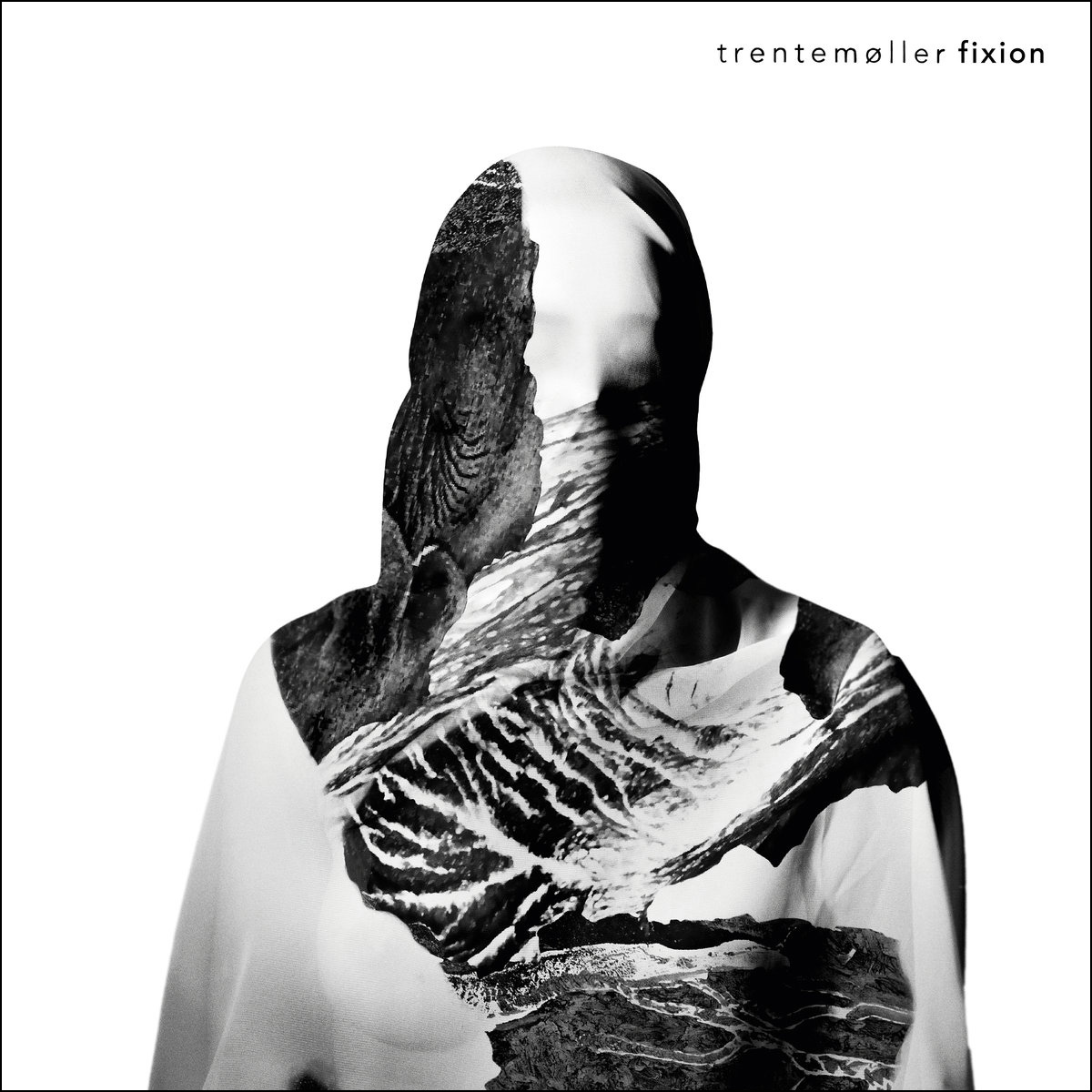
His rampant success led to remix projects with Franz Ferdinand, Giana Factory, Mew, The Knife, and Pet Shop Boys. He collaborated with Depeche Mode as well and supported them on their 2013 Delta Machine tour. His recently released fourth full-length studio album, Fixion, continues the collaborative nature of his work, with contributions from Jenny Beth of the post punk juggernaut Savages and his long-time vocalist, Marie Fisker.
Although he is known as a primarily electronic musician, Trentemøller got his start playing in traditional rock bands. “At age 14, I was doing a lot of blues gigs and playing Rhodes and Hammond [keyboards]. Then our band was invited to play in Copenhagen with some famous old Danish blues guys who really took us in.” From there, his career blossomed.
He recalls that this was an unusual introduction into music for him when you consider his electronic music’s influences. “When I finally formed my own band, it was very much inspired by the Britpop scene and The Cure, The Smiths, and Joy Division. We weren’t very original, but it’s how I ultimately learned to write songs.” These influences show – the bands’ DNA is absolutely present in the music he is known for.
We had a chance to sit down with Anders Trentemøller to talk more in depth about his background in music, musical process, and the gear he loves using.
When did you transition to electronic music?
I slowly got tired of the typical arrangement of rehearsing with a band. The drummer always forgot the fills and the guitar player was always late to practice. We rehearsed often and were dedicated, but playing in a band requires a lot of compromise.
I went to London with my school and discovered electronic groups like Massive Attack, Portishead, and Prodigy. I was fascinated by the odd sounds, but those bands also had some really good melodies, too. Songwriting was still their focus, and I was taken with the integration of samples and the drums. So I went back to Denmark and bought a sampler. I thought “Okay, now that I have a sampler, I can realize all of my new ideas.”
Now I can sound like I'm from Bristol!
Exactly! [Laughs] I immediately quit all of my bands and started doing music by myself. I got deep into the electronic music scene, but it got tiring after about five years. I found that a lot of what people were doing all sounded the same. I really missed songwriting and thought about playing with a drummer, bassist, and guitarist again. My first full length, The Last Resort, mixed both of those worlds I think.
Your earlier EPs were more like Club music.
Yeah, more like 12-inches. Definitely made for the dance floor. I still tried to put in some melodies – especially in the bass lines – but I eventually got bored with the limitations of dance music. I felt that I was at a crossroads, and it was time to make a decision. I wanted to make music that was more for listening, so I did. It was well received, though some of my old fans were saying, “You've totally ruined your career!”
A palpable sense of mood and melody had certainly developed in that music.
You can definitely be inspired by music that's maybe not totally in the same genre or style as what you're writing or trying to write, but shares a similar vibe and atmosphere. I was listening to a lot of Mazzy Star and Nick Drake, for example.
A lot of recent bands – I Break Horses, Bear In Heaven, and Caribou, for example – have been merging dream pop and shoegaze with electronic music. Do you feel associated with them?
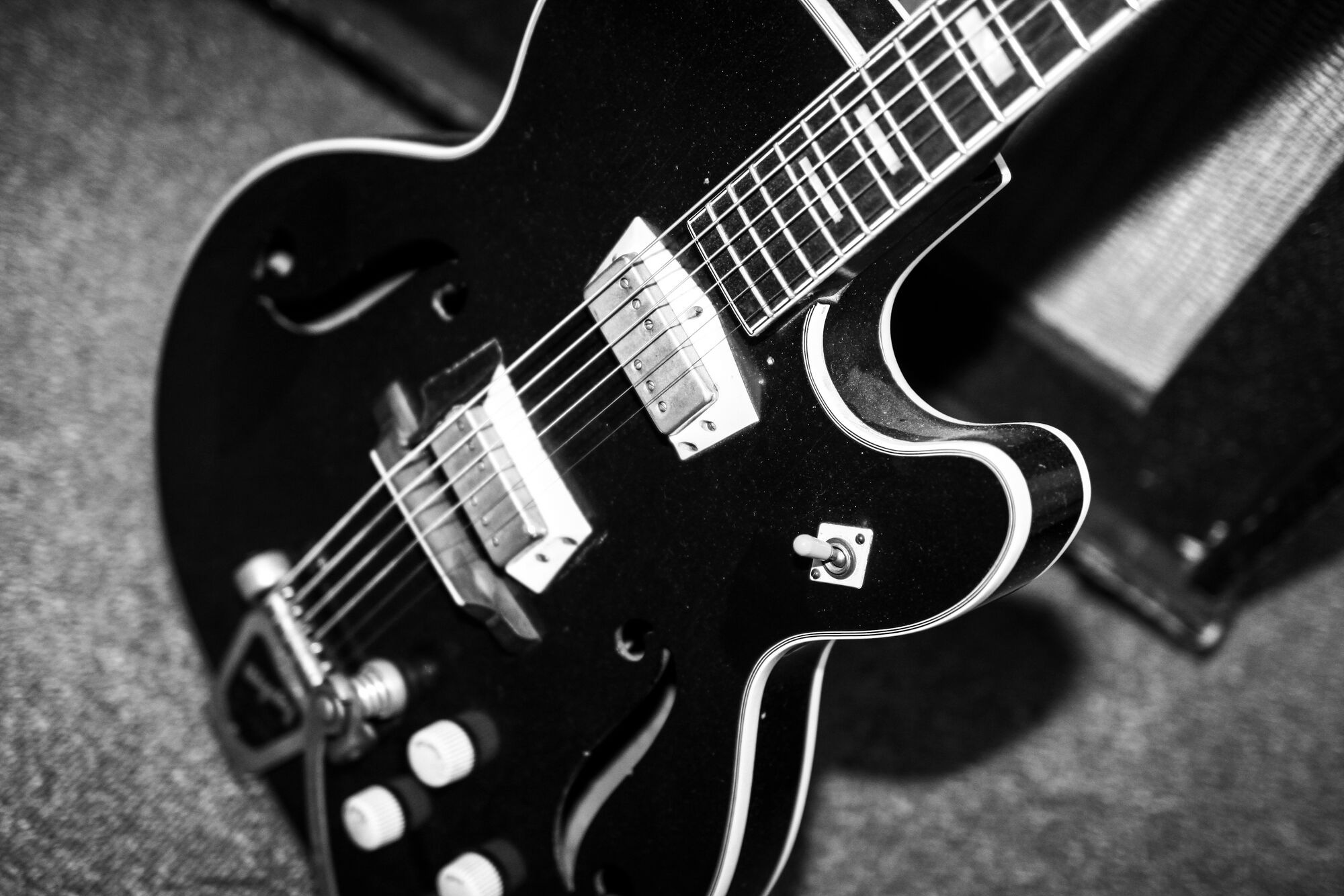
I've been a huge fan of bands like Slowdive and Ride since I was a teenager, so it felt like a natural development to eventually incorporate some of those elements into my own music. It adds that melancholic vibe that I can’t escape.
It also makes your music feel like it’s very much part of the New Nordic movement. Restaurants like Noma in Denmark somehow manage to combine starkness and warmth. The same thing has happened with fashion and music.
Definitely. It was the right time for a shift. If you came to Scandinavia 20 years ago, Danish restaurants weren't really proud of their food, and I totally understand why. Danish artists wanted to sound like their U.K. or U.S. idols.
But then we suddenly got more confident about the Scandinavian vibe and style, trusting ourselves to mine our own culture along with the other influences rather than just emulating them. Bands that used to compete with each other were suddenly working together. There was a chain reaction that caught the attention of people outside of Denmark who were noticing what was happening, which motivated us even more. Before that, the only thing Denmark was known for was Aqua’s “Barbie Girl.”
Don’t forget the Raveonettes.
Sure, The Raveonettes were definitely one of the first Danish bands with a much more international sound, but there was still a very strong American influence.
On that subject, how did fashion designer Henrik Vibskov end up in your band playing drums at one point?
I actually didn't know he was a designer when he joined! A guy who played in my band, Michael Simpson, said he knew a really good drummer. Okay! So we started playing together.
Three weeks later, I was in a clothing boutique and saw some clothes labeled “Vibskov." I thought maybe it was someone in his family. Next time I saw him, I said, “Hey, it’s funny – someone with your last name designs clothes!" He said, "Oh, yeah, it's actually me."
Vibskov was there at the very beginning of the New Nordic movement. We‘d had many rehearsals, but he’d never said anything about the clothes. He ended up playing with me for about five years. He has a great understanding of the whole musical picture – not just the drums.
You primarily compose alone, though?
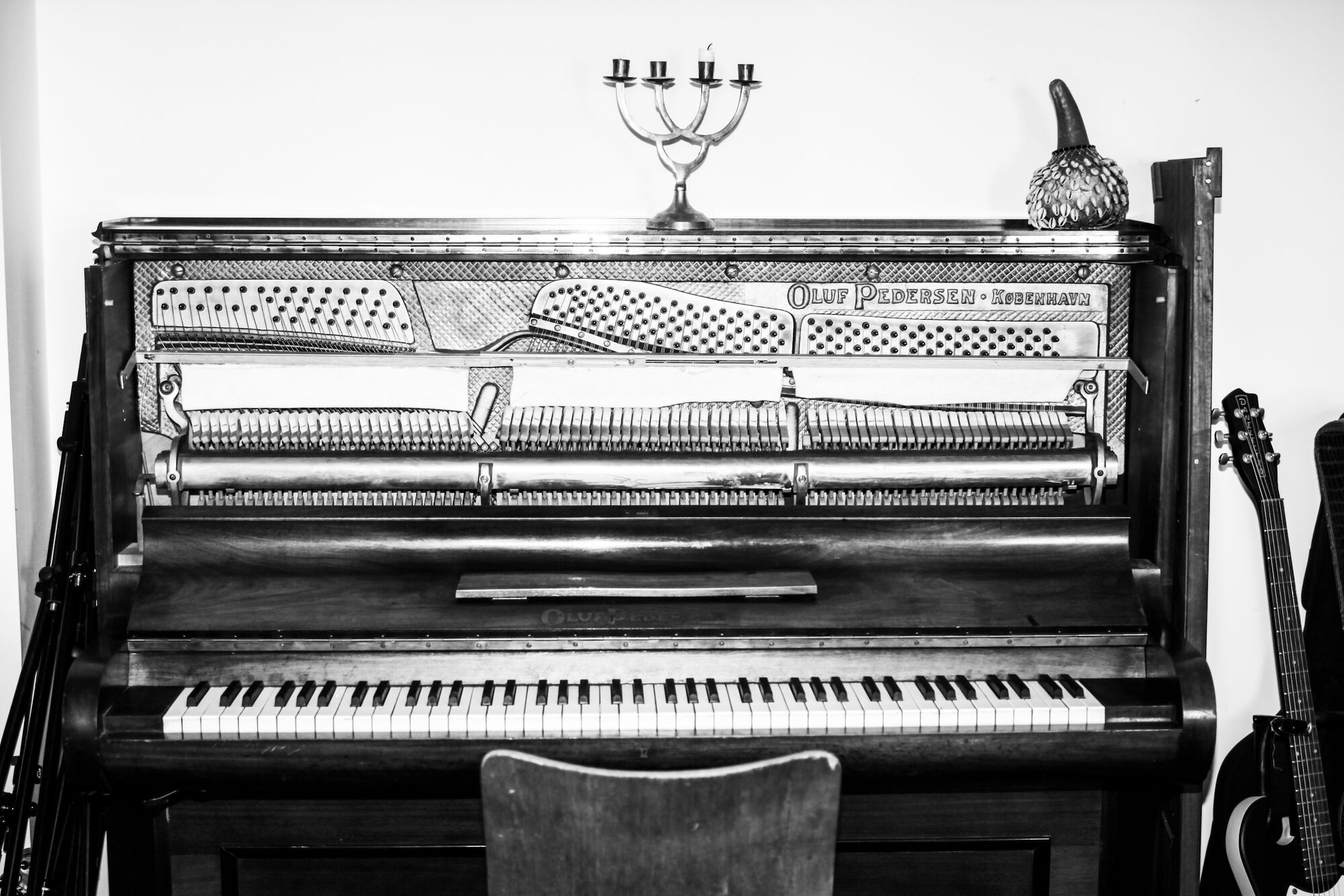
I play a lot of the instruments on the records myself. When I finish an album, I have to express my vision to my live band and show them the parts I want them to play. In the beginning, I feel like I’m treating them as servants, simply playing my ideas. But the more we play together, the more it feels like a band.
Parts change, and different instruments may play different parts. There can be ten guitars on the recording, but I don't have ten guitar players, so we choose the most important part to play live. It's a stripped down version of the music, but it also opens up new possibilities. Live music should be a different experience from the record.
Plus, I’m sure the constant possibility of failure makes it exciting.
Exactly! Bands that use too many backing tracks aren’t taking that risk. I was listening to recordings of our last tour, for instance. I liked the energy and how different the songs all sounded.
Maybe, compared to other electronic musicians, having a full live band makes me a bit more traditional. But I like it like that. Sometimes I think it's a shame I don't tour with them for one year before I do the record.
Bowie did that.
Yeah, it could be fun! It's a really lonely process when you do everything upfront yourself, but it’s also nice to be in control of your ideas.
How do you get involved in remixing other people’s songs?
Either the band or the label writes me to ask. When I started, I learned so much about how the music is made since I could listen to the individual tracks. When I worked with Depeche Mode I was like, “Ah! The bass is done like that, and the background vocals are actually a little out of tune, but it sounds great when it's all put together." I learned a lot about production and about how you build up a track after doing a few remixing projects.
I imagine it’s like looking at an exploded drawing.
I was such a fan of Depeche Mode as a teenager, so it was fun to suddenly hear all of those parts and their imperfections that, when put together, made their sound so special. I'm a self-taught recordist, so I learned a lot about what’s possible when I suddenly heard isolated tracks.
I like how stems of classic rock songs are floating around now, and anyone can just play with them – they can teach us so much. It's clear to me that, back in the day, they were far more concerned about getting the best takes. Listening to old Beatles stems, the bass is perfect. The drums sound fucking crazy good. The guitar sounds – everything. I'm getting goosebumps talking about it. It had to be that way back then.
Things are a bit different today. I was doing a Pet Shop Boys remix, for example, that had a lot of tracks on it. I could tell that they knew there would be a lot of production added later.
Do you ever record destructively, just getting rid of questionable takes?
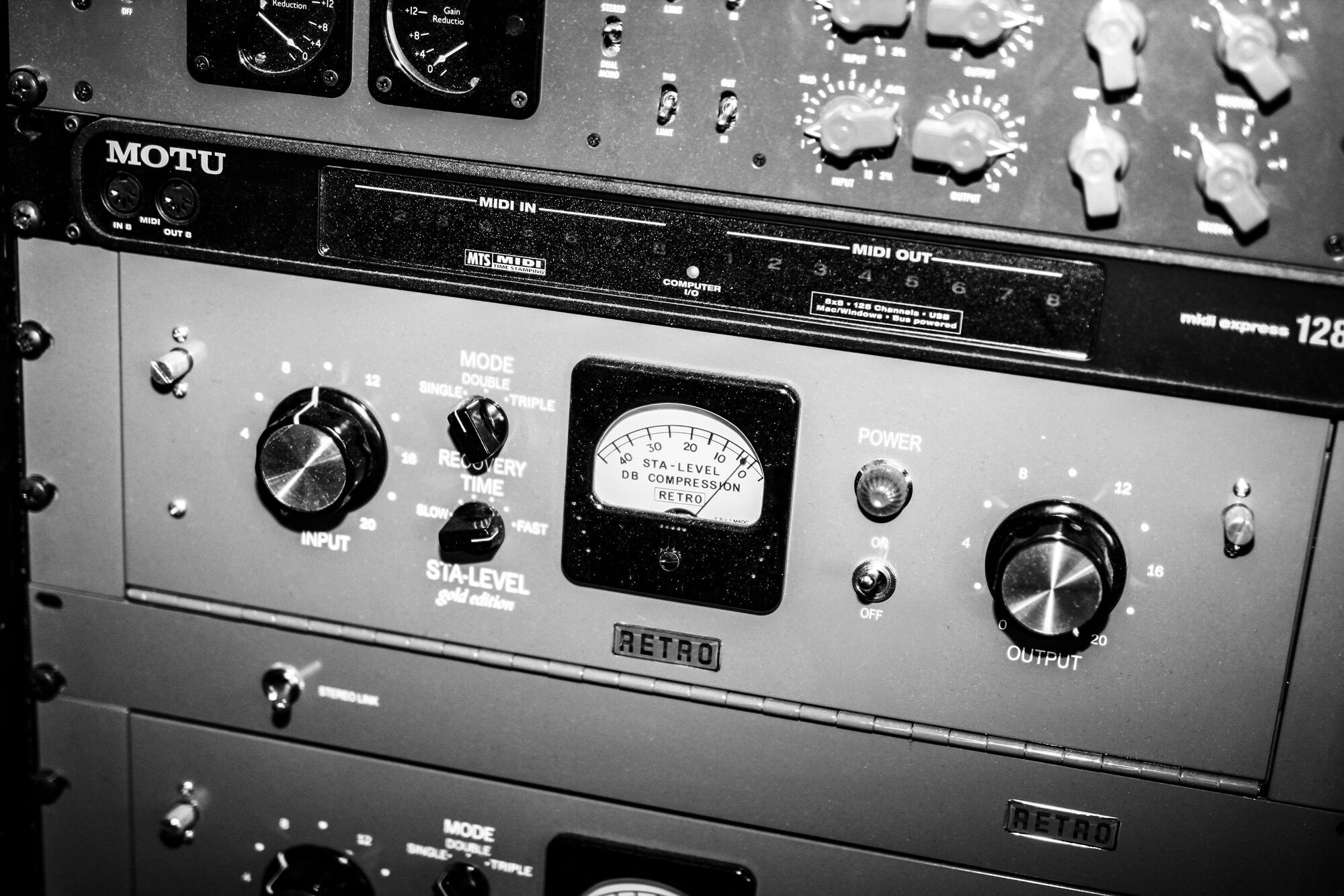
Absolutely. Some people say it's crazy to delete things before the end, but why take up the space and create confusion? If it didn’t work, I don't want to save it. I have a “let's try to get it right” mentality. I feel that Ableton’s inherent design encourages that more than, say, Pro Tools.
Yeah, the amount of choice we are faced with nowadays can bog us down.
Definitely. I am a huge fan of The Cure, so I spent a lot of time trying to figure out why they used various pedals for certain sounds. Then I read an interview with Robert Smith. He said that he used certain Boss pedals because he really liked the color of them. I think his dad’s friend worked in a music shop, and they could get Boss pedals cheaply. It wasn't really like they made a sonic decision.
So sometimes you can put too much thought into things that matter less than the performance. I try my best not to think too much and to just be in it. Don’t obsess about fixing every error or mistake. Sometimes those things give it something extra and special.
It seems like a lot of electronic musicians are just now figuring that out. What does your process look like when you're trying to sort out new ideas?
I have a preamp system set up at all times right next to my desk. I can send anything through an array of pedals, which are permanently set up for that reason. I change the order of the pedals a lot, but there is always a bus set up to a preamp pedalboard. I can quickly route to it, and bring it back into the box so fast and easy that nothing prevents me from just trying new things.
I use the Tech 21 SansAmp all the time. It’s very different from using plugins because it’s tactile and imperfect. Sometimes it introduces a little background noise, but that noise becomes part of the song. I can be a bit clumsy, so maybe the overdrive was on full blast from the last session or something. But sometimes it just works out!
I try always to think and work out of the box when I can so that these surprises will happen.
It's really hard to have a happy accident when you're working entirely in the box.
I don’t use a patchbay – I have 64 ins and outs with every synth next to me on slide-out shelves along with the tray of pedals. Everything is plugged in, always ready to go. Before I set everything up like this, my process was a lot more complicated.
If I had an idea, I’d have to pick a synth, find special cables, hook up MIDI with some of them, and then the idea was gone before I was even finished setting up. Now that I’ve cut out all of that process, I almost never miss the opportunity to record an idea.
So it’s almost like always having a live mic and an open channel ready to go?
Yeah, exactly! At the same time, it's not like it all has to be vintage analog. I use soft synths and plugins, too. Sometimes I send them out to amps, sometimes I use amp simulators.
Are there any key pieces of gear that you find inspirational? Is there anything in your setup that you always go to if you’re stifled creatively?
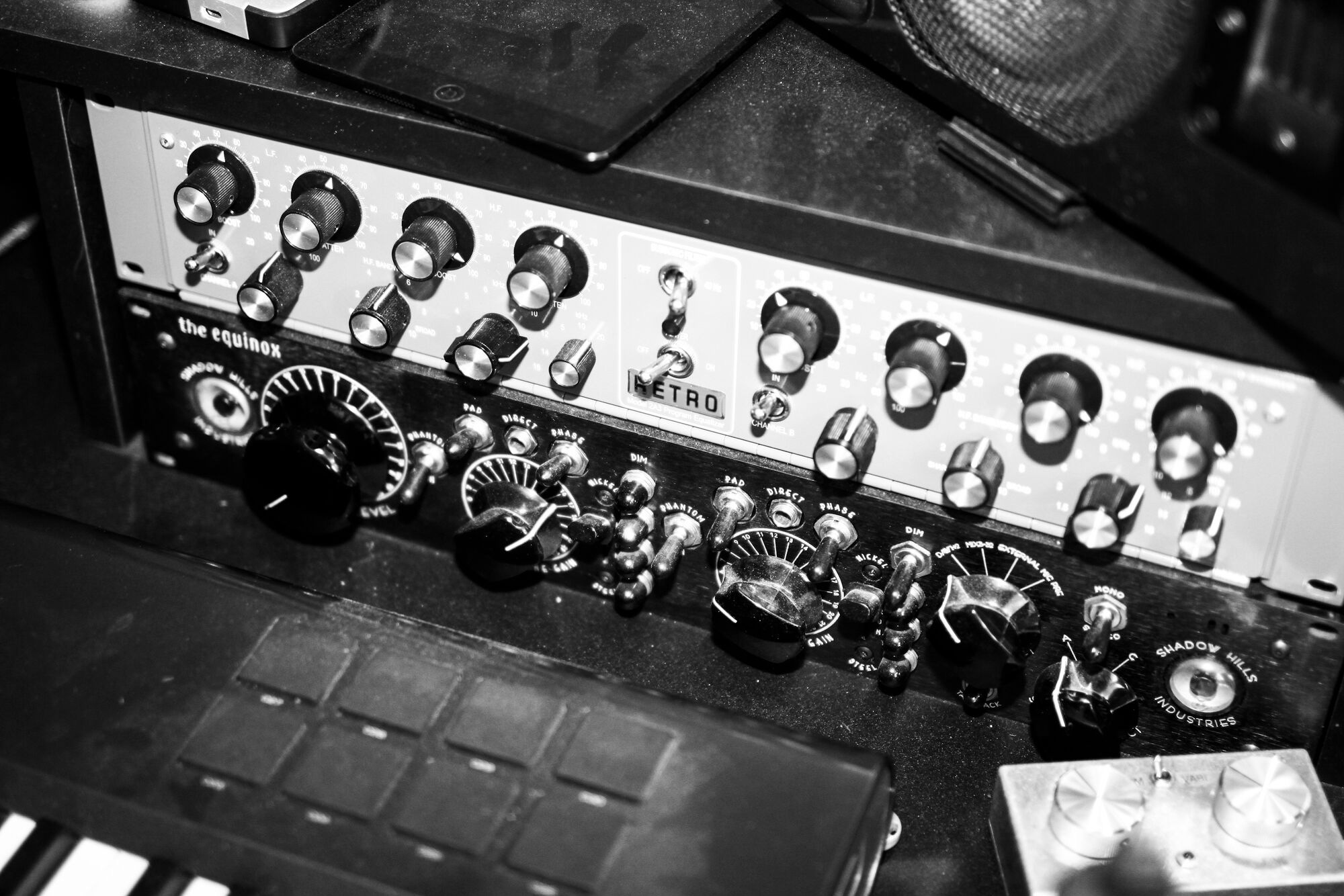
For Fixion, I leaned heavily on strings synths, mainly the [Hohner International] String Melody II and Roland [RS02] Strings. I love layering them over two tracks. They are just so big and retro sounding. We all know those songs with [Joy Division’s] “Love Will Tear Us Apart” sound, and I love it so much. I feel connected to it. Other keyboards have a lot of different voices, but string synths only do one thing.
It’s great that a lot of old analog gear doesn’t have presets. You really have to sculpt your sound from the beginning every time – you cannot save it. When you finally get a sound you like, you have to record it right away or risk missing your chance.
I do have some old synths that store presets, though. I bought a Sequential Circuits Prophet 5 when we were on tour in the U.S., but – and it's a bit embarrassing to say – I didn’t do enough research and ended up not getting the one I really wanted. It was really expensive, but I just felt something was lacking.
What revision is it?
That’s just it! It’s a Rev.3. I found out later that the Rev.1 has the famous sound but also has reliability issues. The Rev.2s were an improvement that still had “the sound.” Rev.3s are the most reliable but are lacking a bit sonically. It still sounds great, though.
The Ekdahl Moisturizer reverb is really cool. The springs are exposed, so you can play with them and make some crazy noises. I love how the Death By Audio Ghost Delay lets you layer echoes. If you want a Boss style digital delay, you’re not going to be satisfied with it, but it can get crazy and inspiring if you’re open to it.
It’s cool that all of DBA stuff is designed to sometimes sound really cranky, fucked up, and really dirty. I have a lot of their effects. I particularly love The Echo Dream. I have a racked Neve channel that sounds really great on drums, synth – everything, really.
My ’71 Korg Micro-Preset is very simple, but it has its own sound, and you can actually do quite a lot with it! The wow and flutter effect is fantastic. A little delay really accentuates the wobble.
There's that Bristol sound you said you love. Or Boards of Canada.
If you can say one thing about me, it’s that I really do gravitate toward pitch warble!
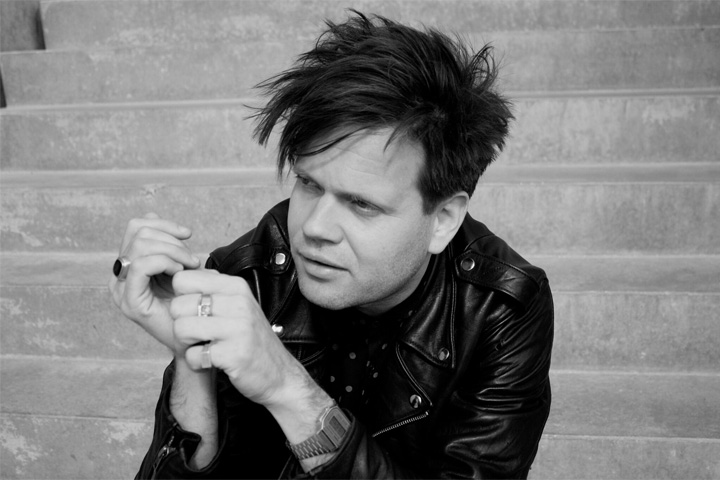
Trentemøller will be touring extensively in Europe this winter, the U.S. this spring, and will be headlining The Roskilde Music Festival in June. Check out his website for more information about where to buy tickets and how to find his music.
Header and footer photos by Sofie Nørregaard. Studio photos by Jonas Bang.




